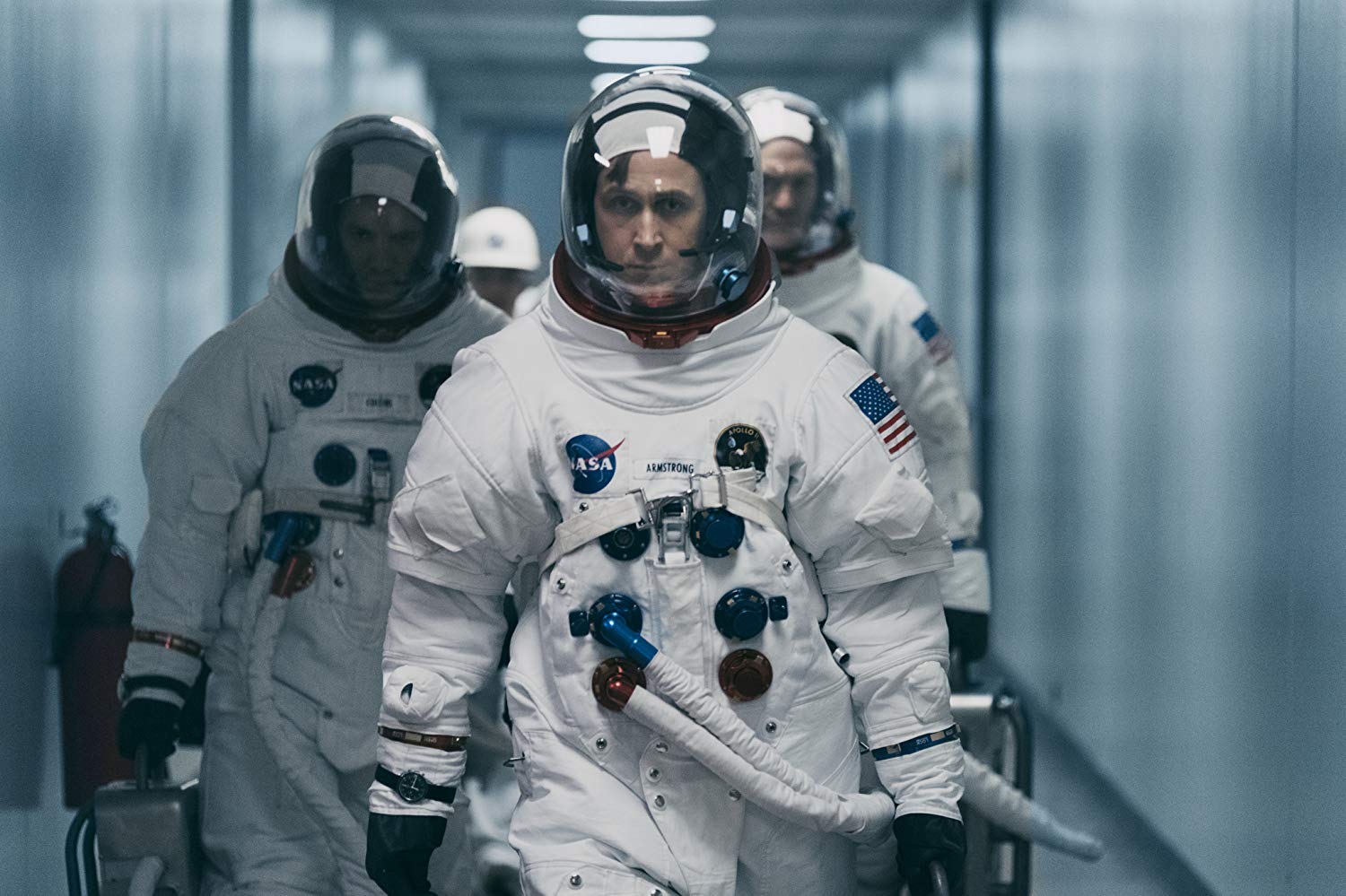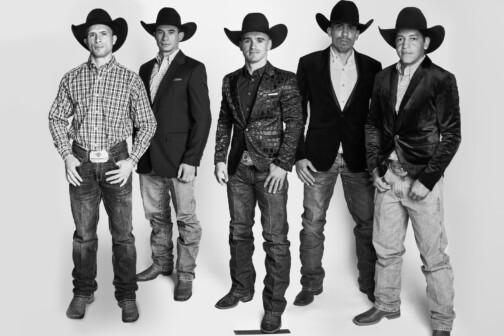Damien Chazelle grew up loving movies about space exploration, but he didn’t want to be an astronaut. He was too afraid of the idea.
Yet the Oscar-winning filmmaker gravitated toward a biopic of someone who was the exact opposite — Neil Armstrong. So First Man became both a tribute to those who didn’t fear the vastness of space, and an even-handed portrait of a notoriously private man who shunned the spotlight.
“These weren’t superheroes,” Chazelle said during a recent stop in Dallas. “These were human beings, in some cases making it up as they went along — rushing into the future before the future had even arrived, saying we’re going to go to the moon before they had the technology to do it, learning how to get there through trial and error and learning how to fail.
“These were people willing to put themselves on the line just to further a goal that was bigger than any one event, to serve their country and to serve an idea of what humans were capable of. Successes like that don’t come easily.”
The tightly focused story follows Armstrong (Ryan Gosling) as one of NASA’s most trusted captains during the 1960s, when Cold War tensions prompted urgency to fulfill John F. Kennedy’s promise of Americans landing on the moon. However, the journey to that achievement in July 1969 was fraught with risk and tragedy behind the scenes. After losing his 3-year-old daughter to cancer, Armstrong watched a few of his colleagues perish during test missions. As technology struggles to keep up the frequency of the Gemini and Apollo launches, his wife (Claire Foy) tries to maintain normalcy at home.
Chazelle (La La Land) decided against the sweeping epic scope of The Right Stuff or other outer-space sagas, opting instead for a grittier and more immersive visual approach.
“To look at footage taken on the Gemini and Apollo missions on little 16-millimeter cameras held by these astronauts in tiny capsules, getting glimpses of Earth out the window, there was something so handmade and tactile and analog about it. It felt like a totally different vision of space,” he said. “We wanted to make it feel like a documentary crew sort of snuck in with Neil and his fellow astronauts into the capsule and got hurled off into space, and got behind closed doors and peered into these private moments. Could we make it feel intimate and not staged? We wanted to do the opposite of space traveling movies that were always high-tech and big.”
Oscar-winning screenwriter Josh Singer (Spotlight) based the script on an Armstrong biography by author James Hansen, which Chazelle read prior to filming La La Land, so he already had Gosling in mind to star.
“It started as a mission movie and became a movie more about family,” Chazelle said. “I went into this thinking more about how I could show space travel in a new way, and that remained a constant, but it became more about what space travel does to a family.”
While researching his role, Gosling became fascinated by how astronauts lived lives in extremes, none more than Armstrong.
“They were being fired into the atmosphere, and exploring the mysteries of space, and then they had to come home and mow the lawn and take out the trash. It’s so hard to wrap your mind around it,” Gosling said. “My respect and admiration for him grew, from his fierce professionalism to his grace under pressure. He was such a gentleman. He refused to allow the success of the mission to be about him. He had an amazing ability to see everything in its larger context.”
Although Armstrong died in 2012, his family remained protective of his life story, and were apprehensive when first approached by the filmmakers.
“We just wanted to make sure we portrayed our family life the way it really was. The more we spoke to them, the more we felt comfortable that they wanted to tell a story that was true,” said Mark Armstrong, one of Neil’s two sons. “We were just ordinary families, doing ordinary things, with ordinary problems. Our fathers were just doing extraordinary things when they went to work.”
Gosling hopes his performance is an accurate depiction of the elusive Armstrong, both as a courageous explorer and a grounded family man.
“I was never under the impression that this would crack the mystery open. The hope was just to add some context and some color, and some details that people didn’t know,” Gosling said. “These men had extraordinary courage, but their humanity is what makes them feel even more heroic.”






